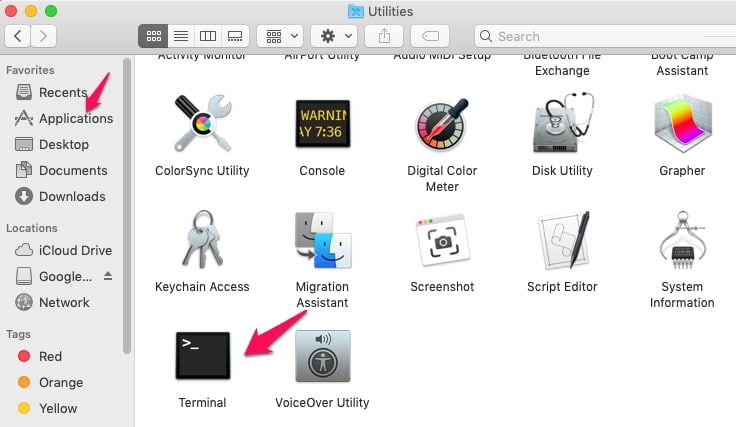

For more info about redirection and some more examples, you can read this small tutorial. Or you can combine stderr and stdout into one file: 2>&1 does that. You can also redirect stderr by using 2> or 2> in a similar fashion.

It creates the file if it does not exist. The file will be therefore overwritten with stdout. It creates the file if it does not exist, or, if it already exists, truncates the file before writing. You can always redirect stdout to a file descriptor, which you can do with one of these operators: And there is a stdin descriptor that is used for input. It will also be printed like stdout, so sometimes they could be interspersed. There is also another descriptor called “stderr” that is typically used for error messages. (That is, when you type echo foo and hit Enter, foo\n is the actual output of the echo command, which is shown by your shell as foo followed by a newline.)īasically anything that writes to your command line is using stdout. Here, a “standard output descriptor” is nothing more than an output stream that is shown in your shell when you execute a command. The input arguments to echo are followed by a newline ( \n), so that you get a line break. In your specific case, the echo "…" command outputs its input arguments to “stdout”, which is the so-called “standard output descriptor”. What happens in the specific case of echo? So the output of command would be appended to filename. Your example command consists of several parts, basically: command > filename With >, you append the output of a command to a file.


 0 kommentar(er)
0 kommentar(er)
